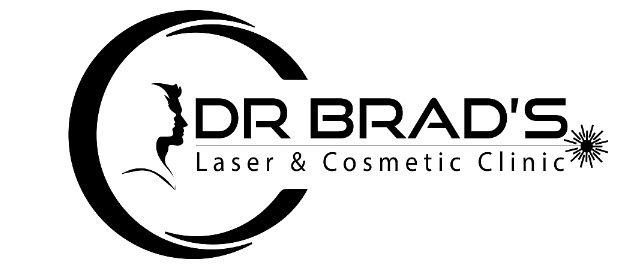As we navigate through daily life, many of us might find ourselves pondering the mysterious substance that is ear wax. You’ve probably heard a variety of opinions from friends and family about how often it should be removed, but what is the real answer?
Understanding Ear Wax
Ear wax, or cerumen, is a natural secretion produced by glands in the ear canal. Its primary purposes include protecting the ear from debris, lubricating the skin, and possessing antimicrobial properties to ward off infections. Depending on individual factors such as genetics and lifestyle, the production of ear wax can vary significantly. While some may only produce a small amount, others might find that they are prone to a build-up that could lead to discomfort or temporary hearing loss.
How Often Should You Remove Ear Wax?
For most people, there is no set schedule for ear wax removal. The general advice is to allow your ears to self-cleanse. The ear canal is designed in such a way that the movements of your jaw (like talking and chewing) help to naturally push old ear wax out of the ear. In a healthy individual, this natural process means that routine removal may not be necessary at all.
However, if you experience symptoms such as a feeling of fullness in the ear, earache, or diminished hearing, it may be an indication that wax removal is warranted. In such cases, it's recommended to consult a professional instead of trying to manage the issue yourself.
Frequency of Removal Based on Symptoms
If you find yourself regularly clearing out ear wax or feeling discomfort, then it’s time to pay attention. Generally, you should seek removal if:
– You notice a build-up: If you can see or feel wax accumulating.
– You experience hearing loss: Especially if it feels sudden or pronounced.
– You have recurrent ear infections: More build-up could lead to further complications.
Regular check-ups can help keep track of any excessive wax production. Many people find that they need removal only a few times a year, whereas others may require it more frequently, depending on their unique circumstances.
Methods of Ear Wax Removal
While there are several methods available to remove ear wax, Dr Brad firmly advocates for microsuction. This method is widely regarded as the safest and most effective technique for ear wax removal. It ensures that the process is quick, painless, and precise, significantly reducing the risk of ear damage.
Contrary to popular belief, ear candles are not recommended. They can pose a risk of burns, blockages, or even drum damage. As Dr Brad has witnessed in his practice, opting for safe methods like microsuction is always the best approach for your ear health.
For those in Bristol looking for professional ear care, Dr Brad offers exceptional services that prioritise your safety and comfort. You can explore our ear syringing bristol options as well!
Personal Experiences
Many patients have shared their experiences regarding ear wax removal. One client, Sarah, confessed that she simply put up with her stubborn ear wax build-up for far too long. After her first appointment with Dr Brad, she expressed, “I never realised how clogged my ears had become! The draining sensation was such a relief, and I felt an immediate difference in my hearing.”
Another patient, Martin, had avoided going to a professional out of concern. “I had always been told ear cleaning was something you should do yourself. But my session with Dr Brad showed me just how important it is to let an expert handle it. I walked out feeling like I could hear the world again!”
Such testimonies highlight the value of regular ear maintenance. Personalising your approach to ear care can be both enlightening and liberating.
Awareness of Over-cleaning
There’s also a fine line when it comes to over-cleaning your ears. While it’s good to be aware of your ear health, routinely inserting cotton buds or similar objects can push ear wax deeper into the ear canal, leading to blockages that worsen the situation. To avoid this common pitfall, simply focus on observing how your body naturally manages ear wax.
If you suspect you have built-up ear wax, a visit to a doctor such as Dr Brad is highly recommended. Regular check-ups can preempt any complications from excessive wax, keeping your ears healthy and functioning optimally.
Conclusion
Always remember that while this is a guide on ear wax removal frequency, your unique circumstances matter. If you ever find yourself in doubt or facing symptoms, consulting a professional like Dr Brad is crucial for tailoring a plan that’s just right for you.
This article does not constitute medical advice. Please book with Dr Brad for a consultation.
